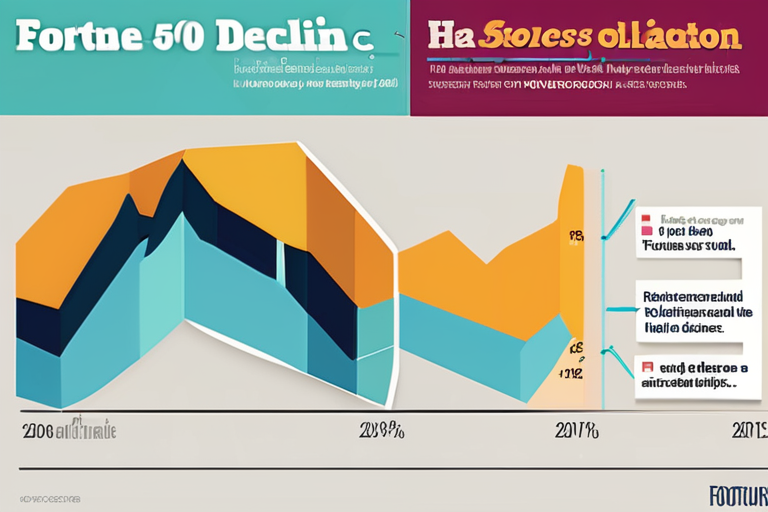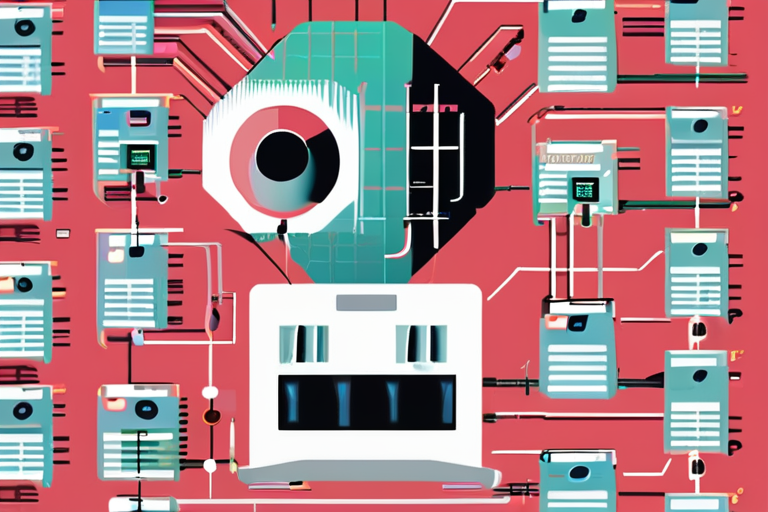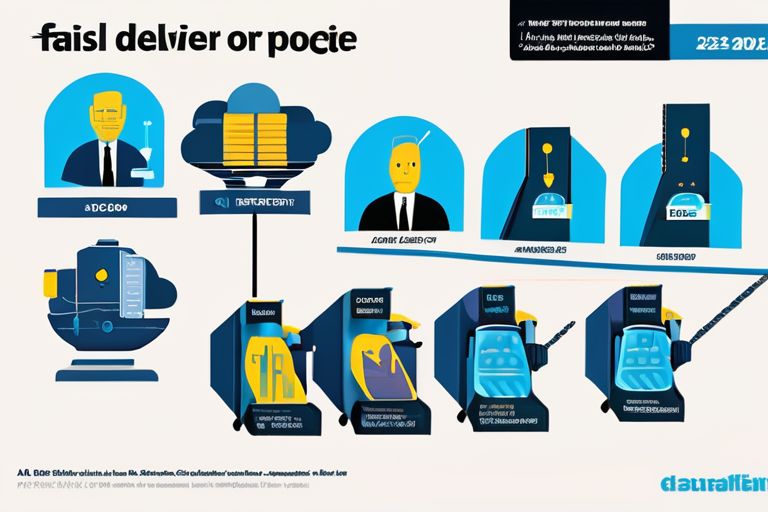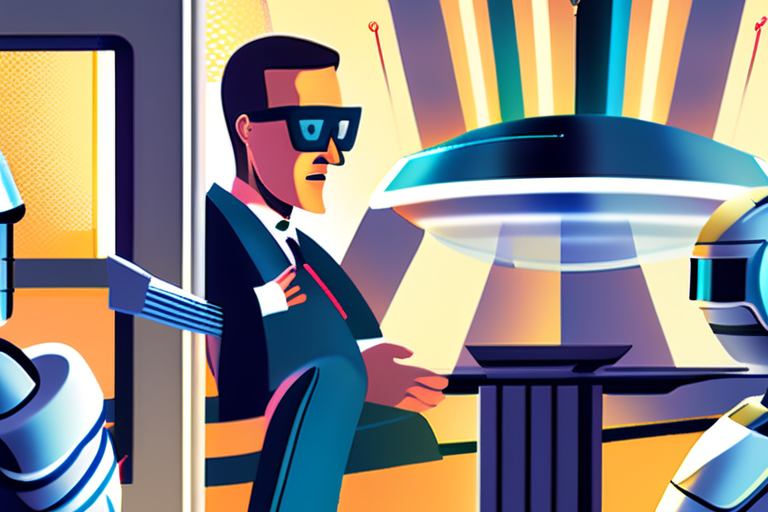Fortune 500's Rapid Decline: Half Gone Since 2000 Amidst AI-Driven Transformation


Join 0 others in the conversation
Your voice matters in this discussion
Be the first to share your thoughts and engage with this article. Your perspective matters!
Discover articles from our community

 Hoppi
Hoppi

 Hoppi
Hoppi

 Hoppi
Hoppi

 Hoppi
Hoppi

 Hoppi
Hoppi

 Hoppi
Hoppi

AI Companies Face Potential $800 Billion Shortfall as Computational Demands Outpace Revenue Growth A new report from Bain Company has …

Hoppi

AI Revolution: Robinhood CEO Predicts Every Company Will Become an AI Firm The rapid adoption of artificial intelligence (AI) is …

Hoppi

Walmart CEO Sounds Alarm: AI to Disrupt Every Job In a stark assessment of the impact of artificial intelligence (AI) …

Hoppi

The Shadow AI Economy: A $8.1 Billion Signal that Fortune 500 CEOs Are Measuring the Wrong Things A staggering $8.1 …

Hoppi

LeadershipFortune 500: Titans and Disruptors of IndustryAccenture CEO Julie Sweet says Fortune 500s can survive AIbut they have to be …

Hoppi

Fiverr Lays Off 250 Employees as it Pivots to AI-First Strategy In a move that reflects the growing trend of …

Hoppi